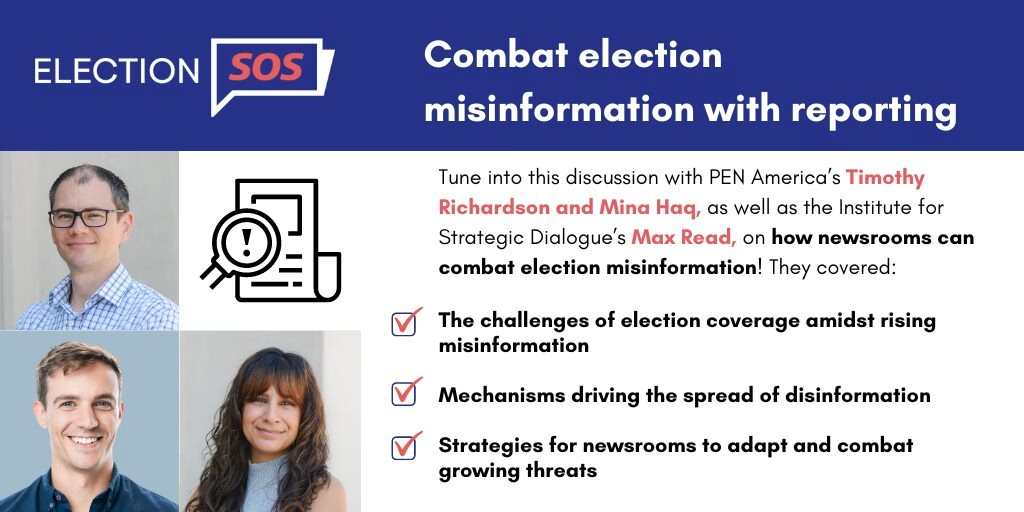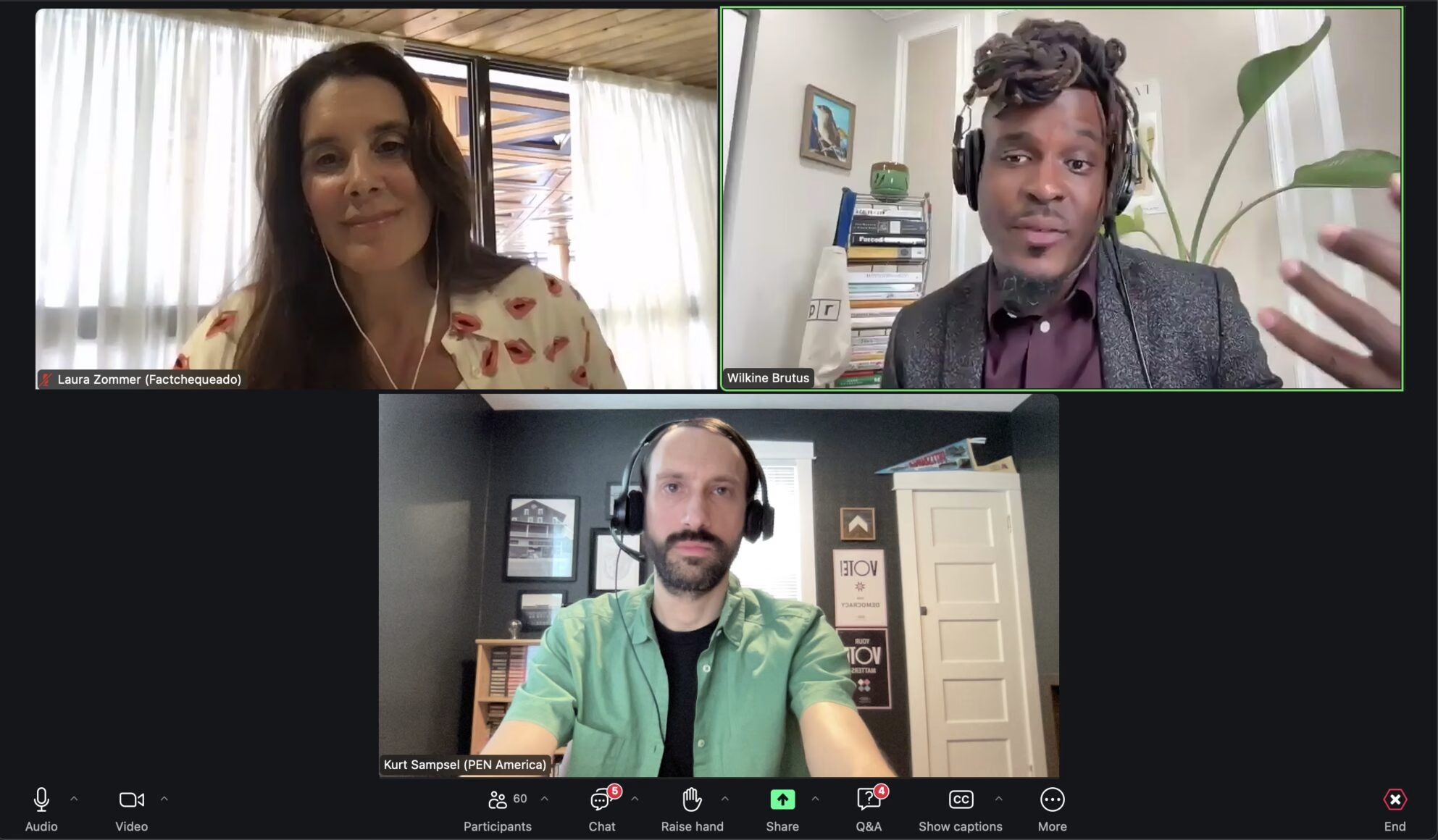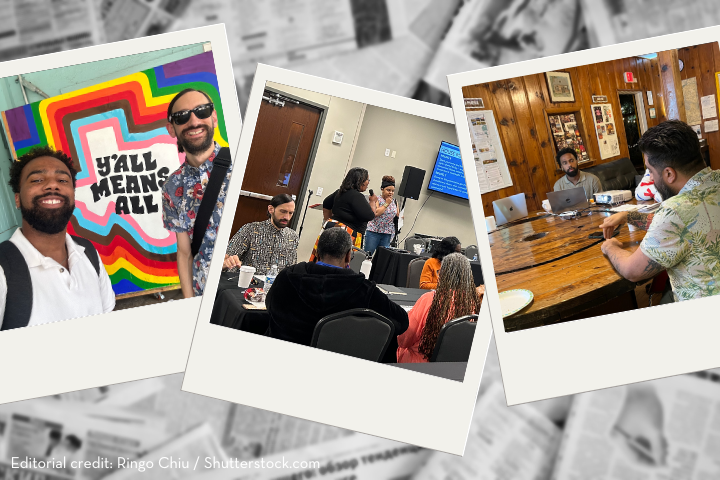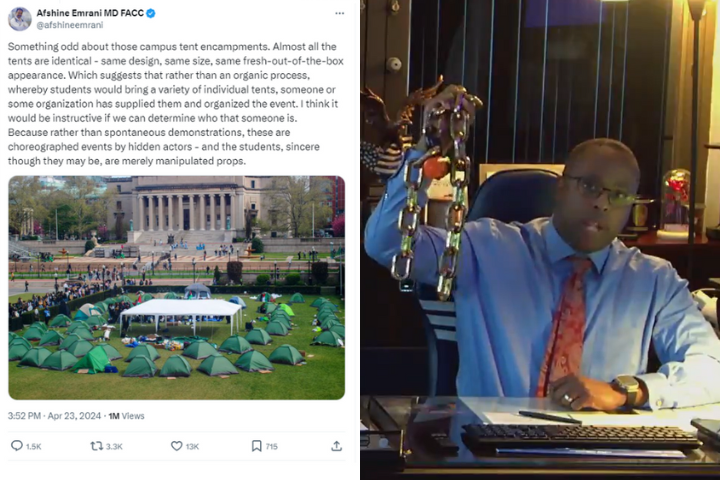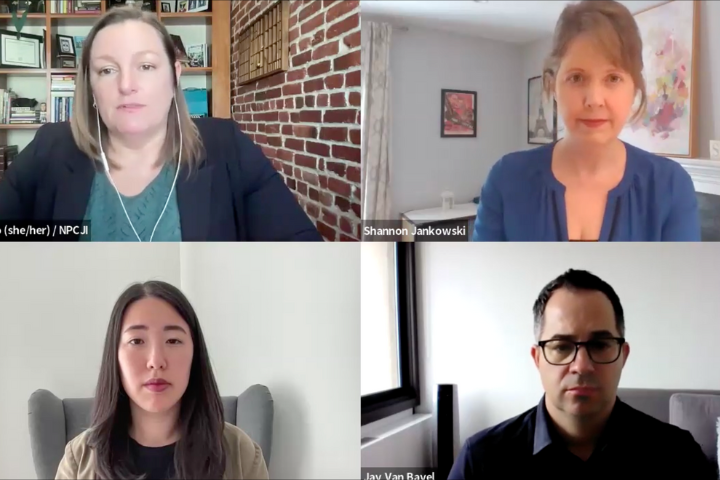Tools for Separating News from Opinion and Facts from Fabrication
We find ourselves in a unique moment in human history. While we have access to more information than any generation before us, we also find it harder to separate fact from fabrication. This is especially tricky when attempting to navigate the range of avenues for receiving news, particularly as high-profile developments leave us hungry for more knowledge and understanding.
A healthy news diet can help us challenge our thinking by broadening what we consume to include several types of media.
But in developing a healthier news diet, here are a few things to watch out for if you’re consuming…
…user-generated media (YouTube, Tik Tok, Twitter, etc.):
User-generated media can be an incredible thing. The democratization of information through social media is a unique advantage to on-the-ground reporting, previously unavailable to prior generations. We need only recall the power of on the scene cell phone video recordings in informing stories that might otherwise have gone unreported.
We have an historic amount of information at our fingertips but at the same time information manipulation (also known as disinformation) poses high dangers. Here are a few things to consider when consuming news from user-generated media or social media:
- Social media algorithms are designed to feed information that you’ll most likely agree or engage with, regardless of whether it’s true. What pops up in your feed is intended to keep you in an echo chamber, feeding you commentary that confirms your existing biases, making you more likely to believe and share mis- and disinformation when it appears in your feed.
- Social media users or influencers aren’t bound by the same journalistic standards and ethics that newsrooms establish. These standards often are a safeguard against manufactured or AI-generated content that promotes falsehoods, content place by sources that have a financial interest in it (sponsorships), and claims that haven’t been properly fact-checked.
…cable or radio news (Fox News, MSNBC, CNN, NPR, etc.)
A majority of Americans rely on cable news for news and information—with cable news ranking just below user-generated media as a primary source of news. While cable and radio have made it easy to access the news, with information spilling out at the click of a button on the TV remote, it does come with its downsides:
- Much of the political coverage offered on cable or radio news includes significant amounts of commentary, meaning reporting presented with an opinion or biased framing attached to it. While it can be useful to hear the perspective or analysis of cable news journalists or personalities who you trust, it’s important to consider the echo chamber created when consuming perspectives or commentary that you’re likely to agree with every time.
- Many cable and/or radio news organizations have developed partisan “brands” that can color coverage. The spectrum includes different channels associated with conservative or liberal politics. It’s important to remember that you may be getting curated programming that is selected to fit the audience’s expectations and points of view.
…legacy newspapers or publications (New York Times, The Atlantic, etc.)
Many legacy publications present standard reporting—meaning the facts of what’s happening. Despite critiques of “mainstream media,” often coming from partisan figures with biased objectives, most journalists working in these newsrooms are accountable to reporting standards enforced by editors and newsroom leaders. These standards can include fact-checking, avoidance of conflicts of interest, and more. But there are a few things to keep in mind, particularly when thinking about how to broaden your news diet in a healthy way:
- Many legacy publications have cultivated a significant base of public trust given their long-standing coverage. However, some consumers, especially those from marginalized backgrounds, may not always trust coverage of their communities. It’s important to keep in mind who has historically been kept out of jobs in traditional journalism, and the impact that this exclusion have had in shaping coverage of particular communities—even today. To address cultural blind spots, you might consider introducing yourself to news sources serving specific communities, such as Black or Latinx-focused news publications.
- Many legacy publications are in difficult spots, as financial support for print journalism has waned with the rise of social platforms. This has led to paywalls for online coverage to sustain these businesses. Paywalls make accessing reporting difficult for those who can’t afford subscriptions. Consider checking your local public library, as many offer free subscriptions or access to legacy publications.
- Many of these publications spotlight standard reporting as well as op-eds or commentary on their editorial pages. Just as this is something to be aware of with cable or radio news, you should always be clear on the distinction between news and opinion in legacy publications.
…local or nonprofit news organizations (The Haitian Times, Texas Tribune, LOOKOUT, etc.)
Local outlets have the benefit of operating closer to the communities they serve. This can make them more responsive to community and reader feedback, and local journalists may be more directly involved in community engagement efforts than national outlets. However:
- Many legacy publications are seeing a reduction in revenue at a time when large segments of the journalism sector are hurting financially. This decline in resources has reduced the number of journalists covering local communities. The rise of nonprofit and digital-only newsrooms has been a silver lining, but in many cases, that coverage has yet to fill a void left by publications that have shrunk or disappeared.
- These sources may have particular topic areas or communities that they focus on, which can be valuable, but as a result, you may not get all the news you need from them.
There are a number of nonpartisan, third-party organizations that evaluate news sources to support consumers in avoiding mis/disinformation in news. For issue-specific coverage, you might consider a tool such as the Institute for Nonprofit News’s FindYourNews directory.
PEN America’s Disinformation and Community Engagement program has developed several resources for community members and trusted messengers to better understand how to approach disinformation in the news, how to speak with family and friends about it, and how to build relationships with those in your community working in the news. You can find more information on PEN America’s counter-disinformation work at pen.org/issue/disinformation.





